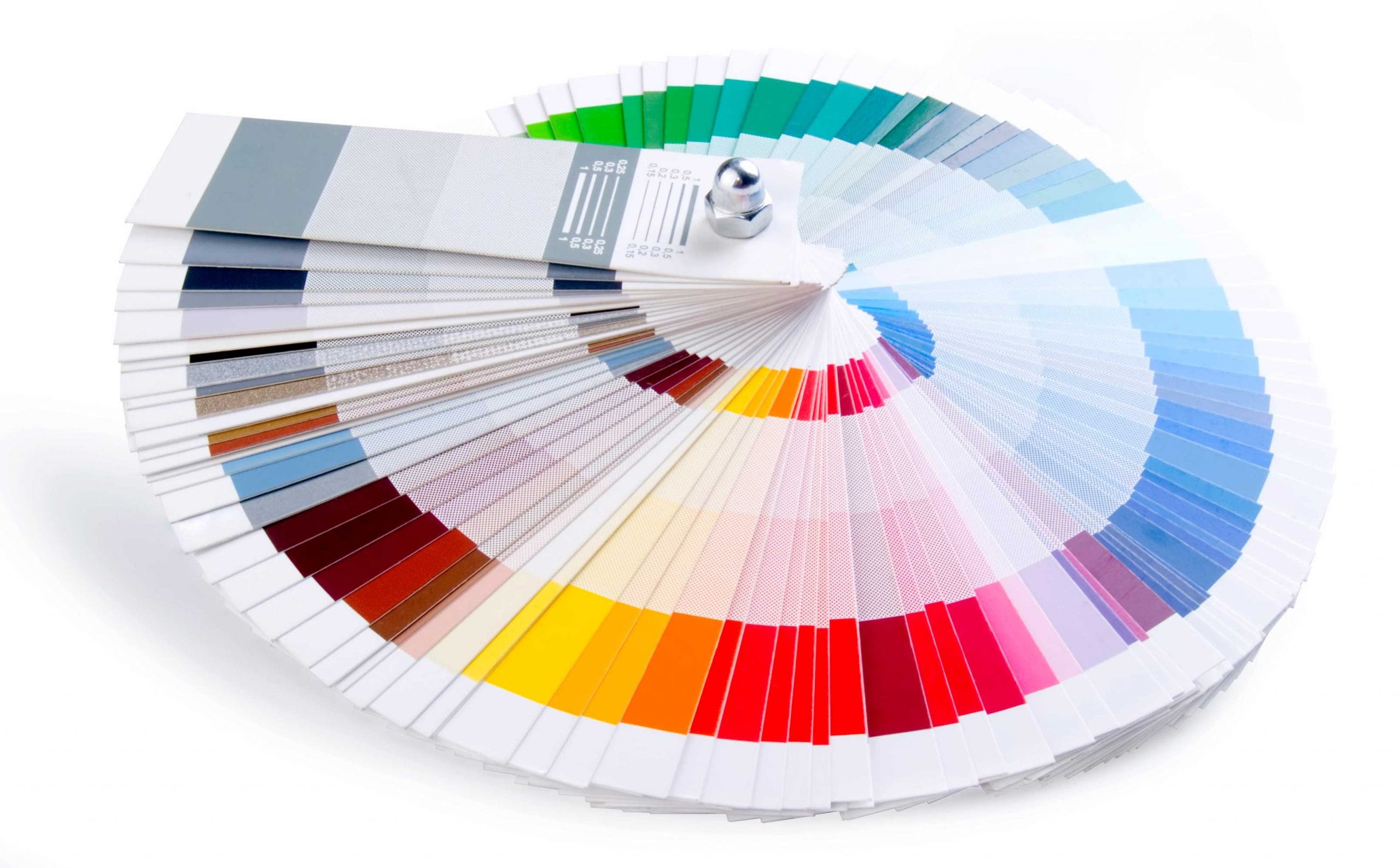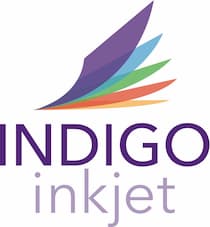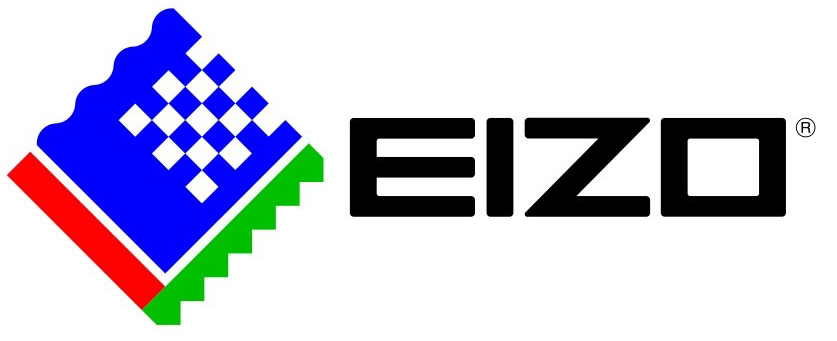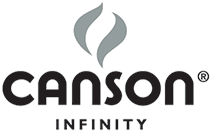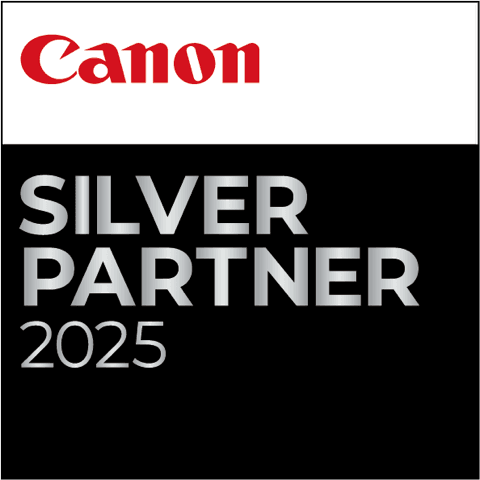Printing an image is very often one of the most rewarding parts of the image making process. Creating something tangible from a myriad of digital images is a very exciting moment for most people, but an amazing photograph can immediately lose its impact if it’s not printed on the correct paper. Before selecting paper, you should think about the effect you want to achieve. There is a whole range of things to consider if you want to make the most of your photos. We’ve picked our top three tips to choosing the correct paper.
Which characteristics of paper make a difference?
Paper Thickness and Opacity:
For printing photographs, thicker paper is recommended in order to receive a more traditional photo feel, similar to the photos from a photo lab. Thicker paper is also more durable, so if you want your photos to last, it’s a great option. Higher opacity ratings are also important if you are going to mount your photos, so the mounting surface will not show through and distort your photo. Inkjet photo papers usually have an opacity rating of 94 to 97. Try this Epson Premium Glossy Photo Paper for a great photo print.
Colour Brilliance
You can measure the brightness or light reflectivity of paper in two ways: the ISO Brightness scale and the TAPPI scale. Generally, the higher the brightness rating, the whiter the paper will appear. This will yield better photos with proportionately higher contrast and more accurate colour. However, an ISO Brightness rating over 104 or a TAPPI rating over 92 indicates fluorescent whitening agents have been added to the paper, which may degrade the ink over a fairly short period of time. This Indigo Ultra White Satin Photo Paper offers excellent photo realistic prints.
Paper Finish
The choice between matte and glossy is mostly a matter of preference based on the look you want to achieve. Matte papers often offer greater stability over time, whilst glossy papers provide higher contrast and colour saturation. However, papers that fall somewhere in between glossy and matte are available; Lustre, Satin, Semi-Gloss, and Semi-Matte, for example.
Lustre:
Offers the colour saturation of glossy finish with the fingerprint resistance of matte.
Satin/Semi-Gloss:
Provides the gloss benefit of sharper colours, brightness and vibrancy, and the matte benefit of a photo that is less reflective.
Semi-Matte:
Has a higher reflection than satin paper but less then glossy.
The best thing to do is test different finishes out and figure out which style your prefer. You can check out our huge range of papers here.
We are always happy to help and advise at DPSB. You can get in touch with us here or visit our showroom to see our products in action.

